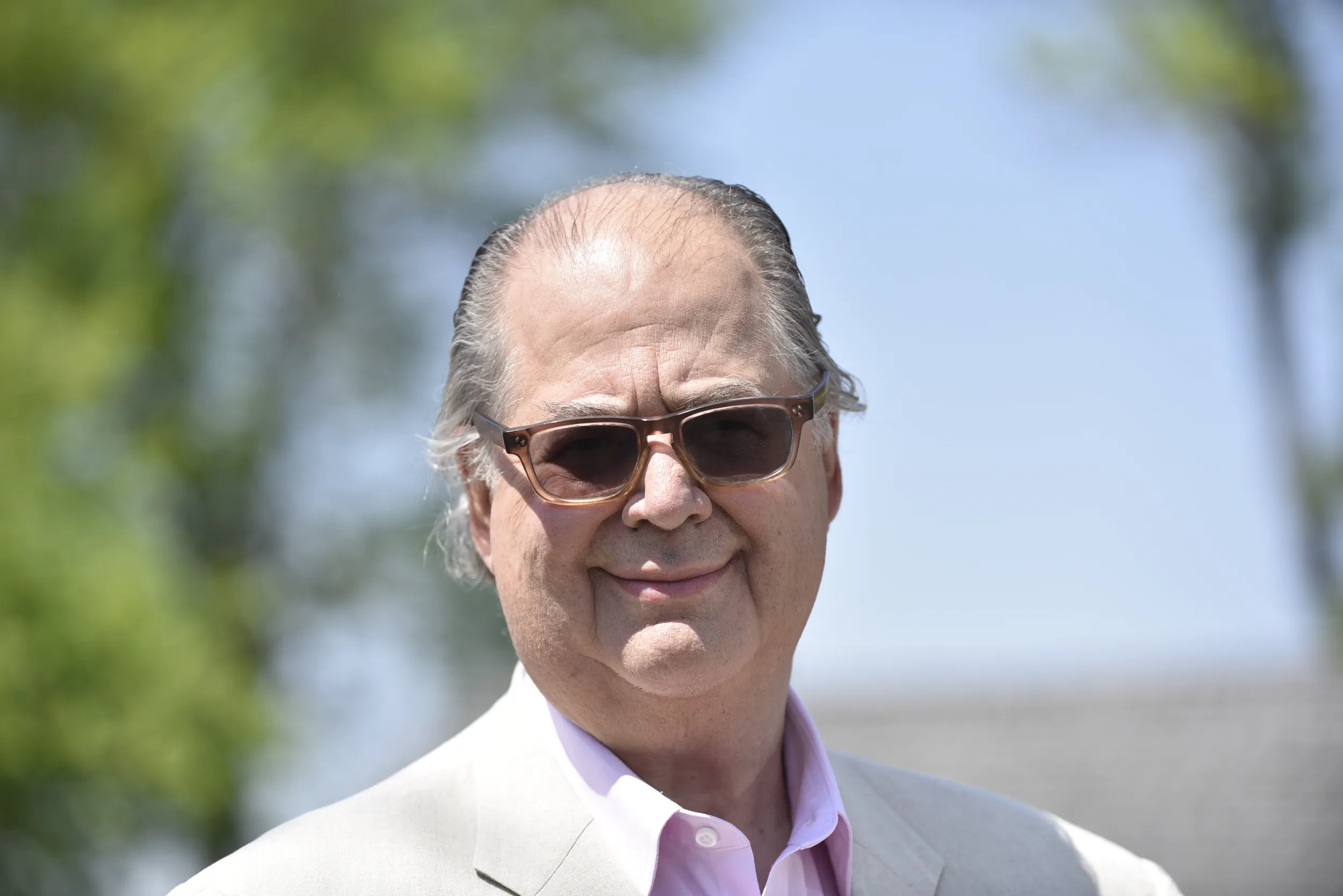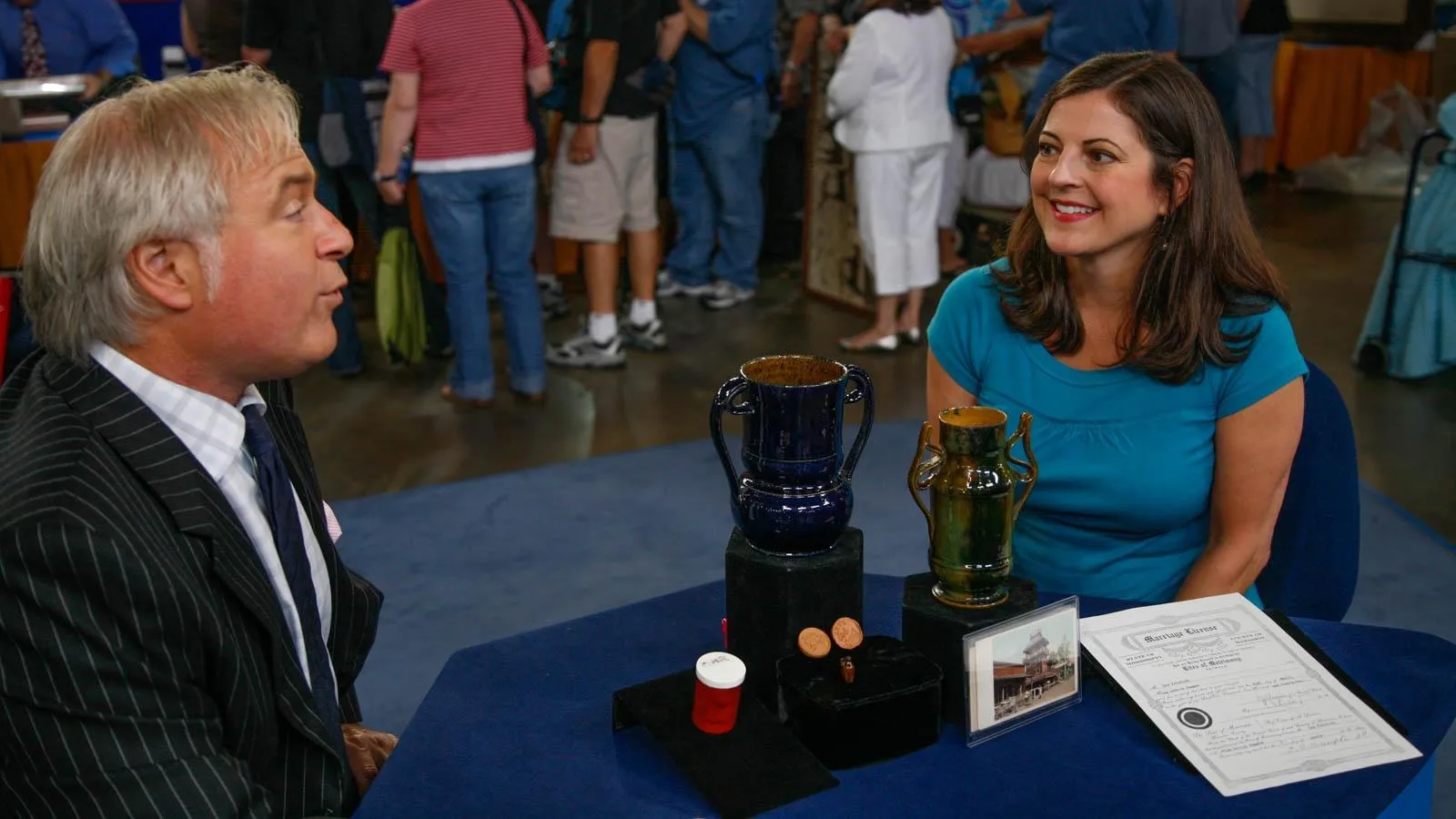GUEST: My grandfather brought it back from World War II in Italy.
APPRAISER: You know who the artist is?
GUEST: It's Paolo, and the last name is very hard to read.
APPRAISER: It is a little bit tricky. The artist's last name is Troubetzkoy, and he's actually an interesting character because his father was a Russian prince and his mother was American.
GUEST: Oh!
APPRAISER: So sometimes, we see his name listed as Pavel Troubetzkoy. He studied in Italy, so sometimes he's called Paolo Troubetzkoy, which is how this piece is signed, and he worked in the United States around 1915 till 1920, and he signed his name Paul.
GUEST: Oh.
APPRAISER: (chuckles): So we... So we know him different ways. He was born in the 1860s and he studied in Italy at the end of the 19th century. He studied with a number of Italian artists, and he was very successful. He exhibited at the Paris World's Fair of 1900 and he won a grand prize.
GUEST: Oh, wow.
APPRAISER: And what's so interesting about this piece is the way that it's made. Most bronzes have very smooth, shiny surfaces, but this piece has a very Impressionistic look. You can see the way it was modeled, either in clay or in wax, and it's almost like the brushstrokes on an Impressionist painting. That's what gives it a certain amount of excitement, in addition to the whole subject matter itself. This was made in two versions. There's this size and there's one about six or seven inches taller. This is the only broncobuster that he did.
GUEST: Oh, okay.
APPRAISER: He did a lot of portraits of celebrities. When he was in Russia, he did Tolstoy. He's very well-known for a full-length portrait he did of, uh, Franklin Delano Roosevelt. Unfortunately, it doesn't have a foundry mark. His pieces were cast in France, Italy, and the United States, but that really doesn't make all that much of a difference in terms of valuing it. It has this one problem here-- part of his finger is missing.
GUEST: Mm-hmm.
APPRAISER: It's really very minor. It could be fixed. So, did you have any idea of the value?
GUEST: I would say $1,000.
APPRAISER: Yeah.
GUEST: Maybe $2,000, I don't know.
APPRAISER: Yeah, well, luckily, you're very far off. This piece is worth between $15,000 and $20,000.
GUEST: Are you serious? (laughs): Oh, my gosh. Oh, how neat.
APPRAISER: And that's an auction value. A larger version last year, which is slightly bigger, brought $27,000.
GUEST: Oh, my god.











